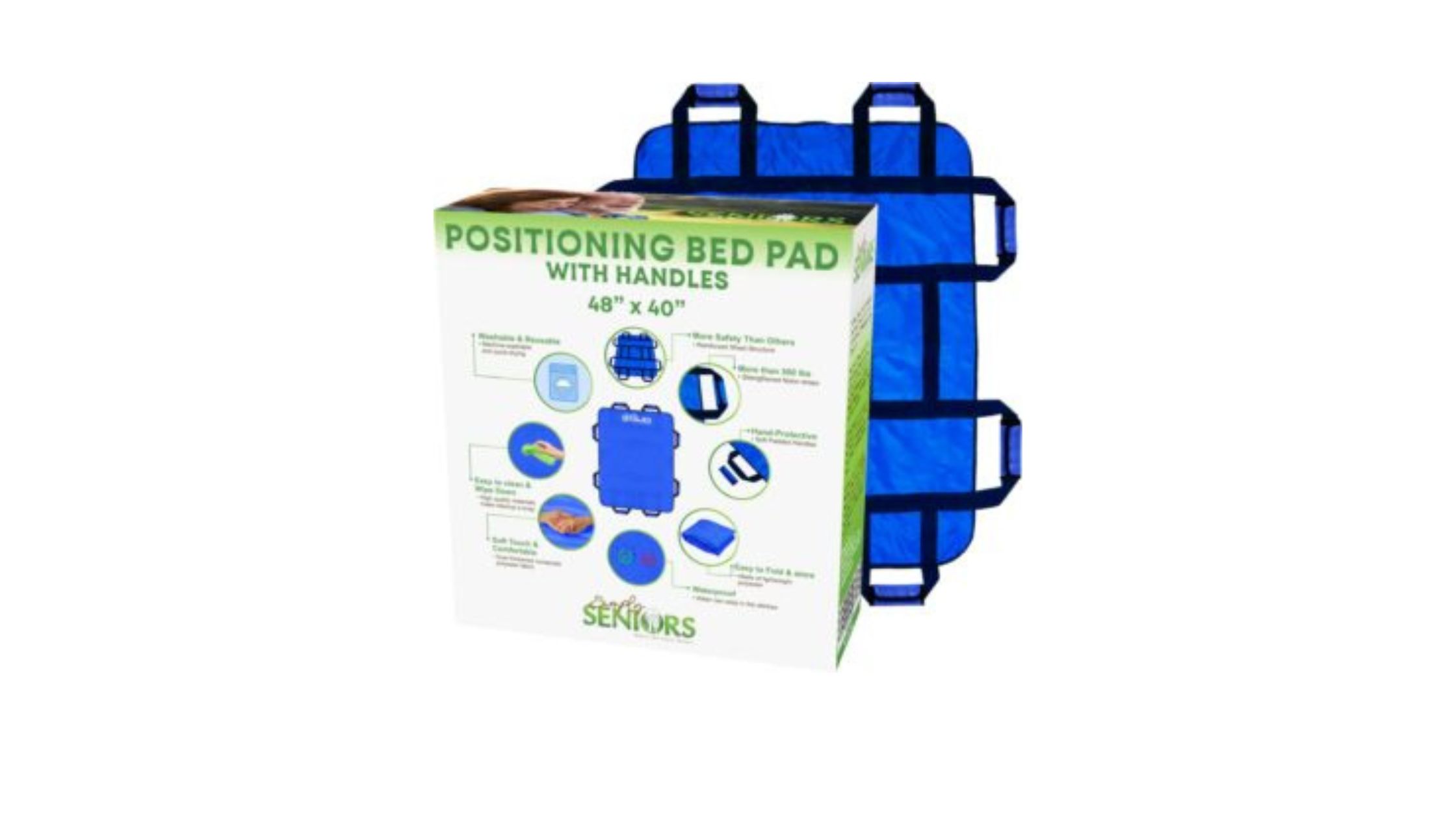
Aging often brings challenges in mobility, balance, and strength, making fall prevention a priority for seniors and their caregivers. While many mobility aids exist, the gait belt stands out as a unique tool—not just for safety but for preserving dignity and independence. Beyond being a simple strap, the gait belt serves as a bridge between reliance and autonomy, offering both seniors and caregivers a practical, respectful way to navigate daily movement.
The Gait Belt: More Than Just a Safety Device
A gait belt for seniors is traditionally seen as a safety measure for transfers and assisted walking, but its benefits extend far beyond fall prevention. It helps foster confidence in seniors, provides security for caregivers, and facilitates movement without making the senior feel like they are losing control over their body. Unlike walkers or wheelchairs, a gait belt offers discreet assistance, allowing seniors to retain an active role in their mobility.
Rethinking Mobility: The Emotional and Psychological Impact
Many seniors resist mobility aids because they symbolize dependency. A gait belt, however, is different. Rather than replacing a senior’s ability to move, it enhances it by offering just enough support to make movement safe without taking away their sense of control. The psychological boost of knowing they have assistance—without being completely reliant on a device—can make a significant difference in their willingness to stay active.
Additionally, the use of a gait belt can help build trust between seniors and caregivers. Instead of a caregiver physically lifting or holding onto them, the belt acts as a neutral, structured support, making assistance feel less intrusive and more like a partnership.
Customizing Gait Belt Use for Individual Needs
Not all seniors require the same level of assistance, and gait belt use should be tailored accordingly. Some may need it only for stability during occasional transfers, while others may benefit from its use during extended mobility exercises. Key considerations include:
- Strength Level: A senior with mild balance issues may only need a belt during long walks, whereas someone with more significant mobility challenges might need it for all transitions.
- Cognitive Ability: Those with dementia or other cognitive impairments may be more prone to sudden movements or loss of awareness, making a gait belt an essential tool for caregivers.
- Physical Therapy Goals: A gait belt for physical therapy is an invaluable tool for rehabilitation, allowing controlled movement while ensuring the senior stays upright and stable.
Maximizing the Benefits: Tips for Effective Use
To get the most out of a gait belt, both seniors and caregivers should follow best practices for comfort and efficiency:
- Empower the Senior: Always communicate what you are doing when using a gait belt, ensuring the senior feels involved in the process rather than just being handled.
- Use Proper Technique: A gait belt should be positioned snugly but comfortably around the waist, with caregivers applying gentle, steady guidance rather than forceful pulling.
- Encourage Strength Building: Instead of relying entirely on the belt, use it as a supplement to balance training and mobility exercises to help the senior regain strength.
- Choose the Right Belt: A belt with padded handles may be more comfortable for caregivers, while an adjustable or quick-release belt may provide greater ease of use for seniors.
Beyond Physical Assistance: Gait Belts in Rehabilitation and Recovery
For seniors recovering from surgery, injury, or stroke, a gait belt for physical therapy plays a crucial role in rehabilitation. Physical therapists use gait belts to help patients regain movement patterns safely, allowing them to gradually restore their independence without the fear of falling. These belts enable controlled walking exercises, weight shifts, and guided movements that help rebuild strength and coordination over time.
Wrapping Up
The gait belt is more than a simple mobility aid—it’s a tool that fosters independence, enhances safety, and maintains dignity for seniors. Its proper use can transform caregiving from a physically demanding task into a supportive and empowering experience. Whether used in daily life or during physical therapy, the gait belt helps seniors move confidently, promoting not just mobility but also a greater sense of freedom.
If you’re considering a gait belt for a loved one or for professional use, explore our selection to find a comfortable, secure option tailored to individual needs. Every step toward safety is a step toward independence.